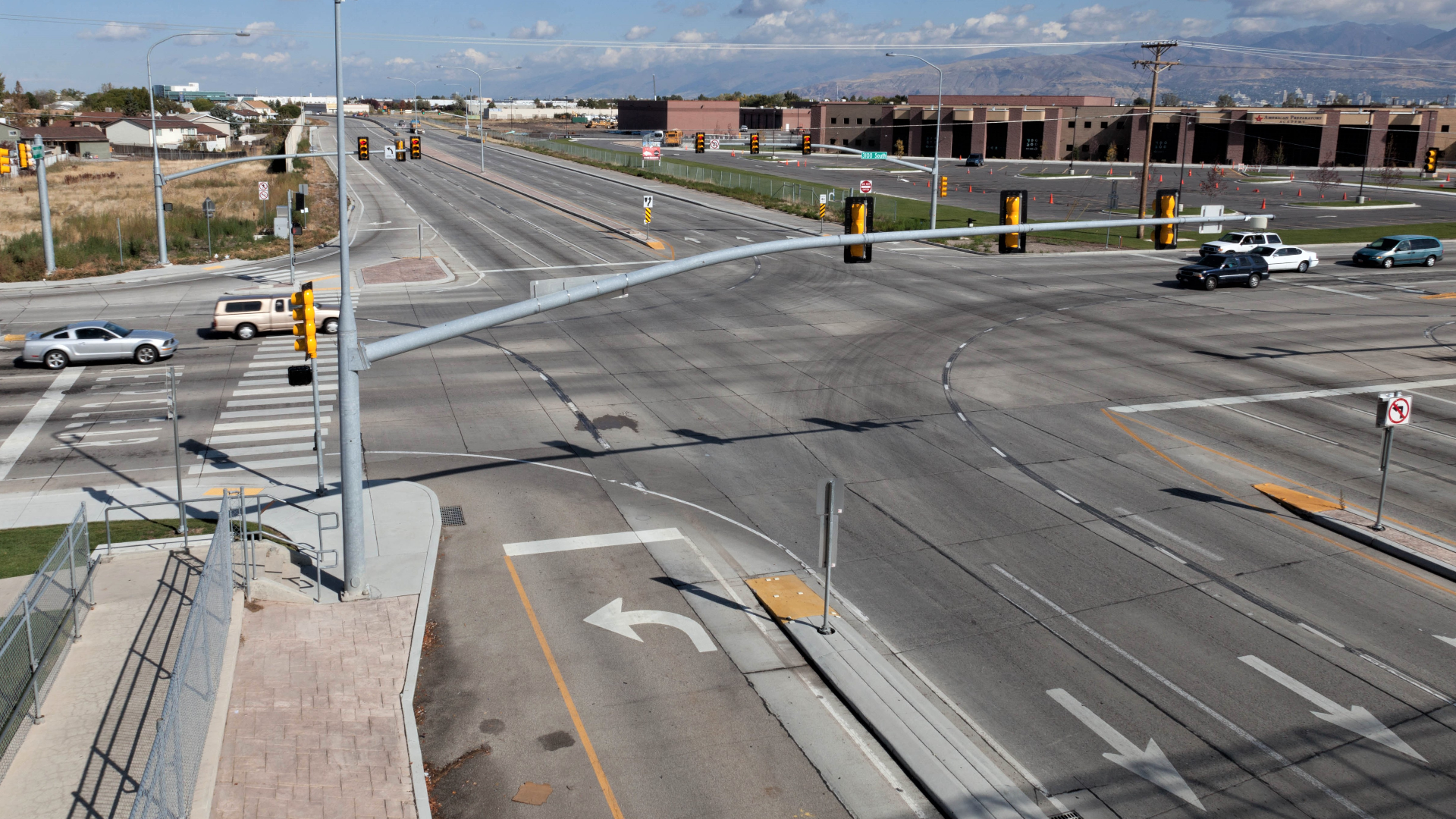Challenge
Historically, agencies have made adjustments to their traffic signal systems based on predetermined timelines or calls from the public. Automated traffic signal performance measures (ATSPMs) allow for continuous, real-time monitoring. They can help an agency make decisions about their traffic signal system – when to retime signals, which corridors to review, and which equipment to replace; however, ATSPMs are an emerging area in transportation. How does an agency get started with ATSPMs and apply them to improve decision-making throughout their organization?
Solution
There are several methods for deploying such a system, but the goal is to record events at a high frequency in order to reconstruct what happened at signalized intersections (e.g., when displays turned green, yellow, or red compared to when vehicles arrived). This allows agencies to monitor their system 24/7, solve problems quickly, and share information more effectively with others.

19540
The Outcome
Raising the Bar for the Future of Signal Performance Measurement
Kittelson worked with researchers at Purdue University to develop NCHRP Report 954, a guidebook that explains the requirements for an ATSPM system, how to interpret common performance measures, and how ATSPMs can change day-to-day traffic signal system management for the better. NCHRP Report 954 provides information to decision makers at public agencies who are evaluating if they should use ATSPMs. For agencies who know they want ATSPMs, the guidebook helps them understand the suite of performance measures that area available to them, what pieces they need in order to actually get the data, and how to use the data to make changes to their system. You can read more about it here.



